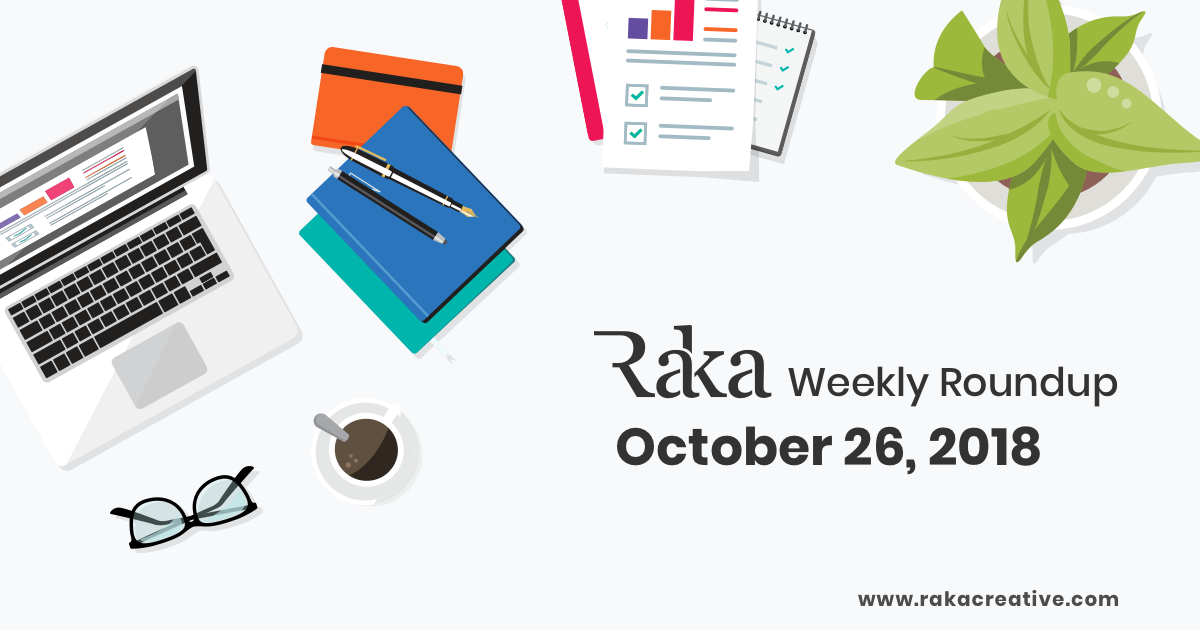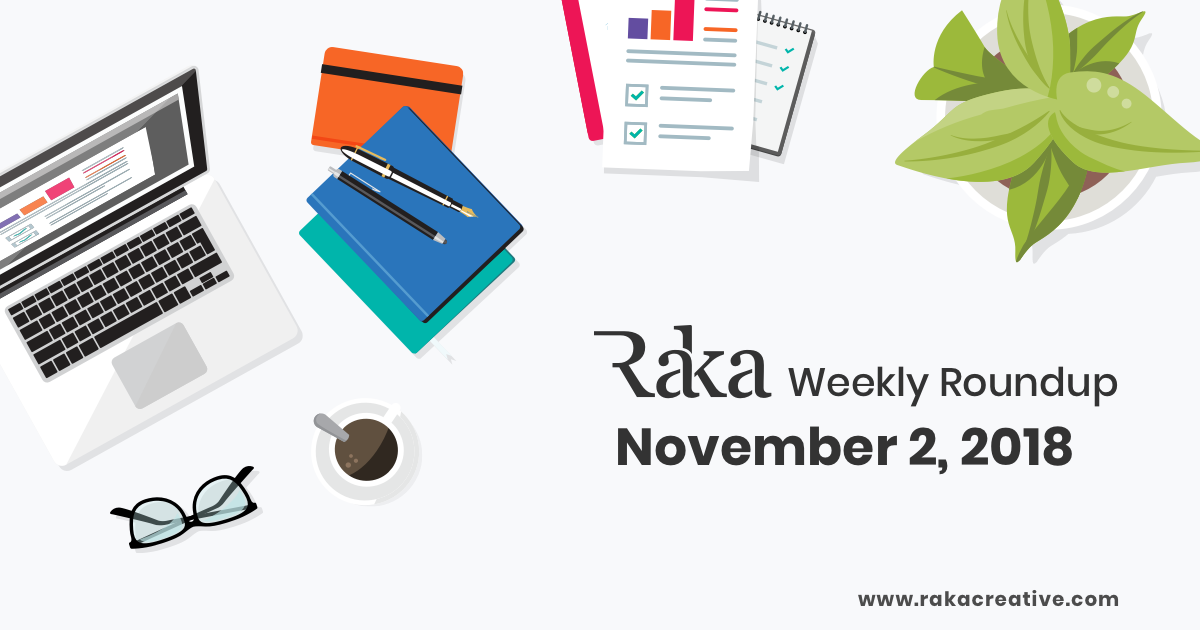You search for “best running shoes,” excited to find the perfect pair, only to land on a page overflowing with generic descriptions and endless affiliate links. Disappointing, right? This is precisely the problem Google’s Helpful Content Update aims to tackle. Since August 2022, and now a core part of Google’s algorithm as of March 2024, this update is reshaping the SEO landscape. But how does it affect your content strategy?
In this post, we’ll unravel the impact of this major update and provide actionable insights to help you adapt and thrive.
Table of contents
- What is the helpful content algorithm update?
- What does Google consider helpful content?
- How do you know if your website was hit?
- An example from Raka’s website visibility
- How to adjust your content strategy for helpful content
- How to ensure you are creating helpful content
What is the helpful content algorithm update?
If you’re not familiar with this update, here’s a quick breakdown. Google’s mission with the Helpful Content Update is simple: clear out the clutter of low-quality, unoriginal, and overly SEO-driven content. Instead, Google rewards websites that create content genuinely meant for people—not just search engines. Think about it this way: have you ever searched for “best running shoes” and landed on a page filled with affiliate links, vague descriptions, and zero personal insight? That’s the kind of content Google is now deprioritizing in search results.
Since the rollout of the Helpful Content Update in August 2022 and the subsequent updates, Google claims it has managed to remove 45% of unhelpful content from search results. That’s a big win for users—but it means creators need to step up their game.
What does Google consider helpful content?
Google has set clear guidelines on what it considers helpful content:
- Answers questions clearly and thoroughly.
- Created primarily for users (not just search engines).
- Provides value beyond what’s already on the web.
- Shows expertise and insight, especially in specialized fields.
- Aligns with user intent, addressing the reader's question without unnecessary fluff.
How do you know if your website was hit?
Sometimes it’s not obvious that your website has been affected by Google’s Helpful Content Update. Unless you’re regularly reviewing your website analytics, you might not notice until conversions start to drop.
To investigate, you can use tools like HubSpot, SEMRush, or Google Analytics (GA4). One of the telltale signs is a sudden decrease in traffic or visibility after key dates like August 25, 2022, December 5, 2022, September 14, 2023, or March 5, 2024. According to Barry Schwartz, Founder and Executive Editor of Search Engine Roundtable, the September 2023 update hit many sites hard, with some reporting traffic and visibility drops of 40-80%.
An example from Raka’s website visibility
At Raka, we always prioritize Google’s E-E-A-T framework—Experience, Expertise, Authoritativeness, and Trustworthiness—when creating content for ourselves and our clients. For example, when we developed a blog for an orthopedic client, we consulted with their doctors to review every post. This ensured that the advice was not only accurate but also backed by real-world expertise, which is exactly what Google looks for in quality content.
Even though we experienced minor visibility dips following some of the updates, they were hardly noticeable because our foundation of valuable, user-centric content remains strong.
Here’s how Raka’s visibility changed with each update:
-
August 25, 2022, Helpful Content Update: Lost 0.07% visibility due to other factors.
- December 5, 2022, Helpful Content Update: No significant impact.
- September 14, 2023, Helpful Content Update: Visibility dropped 0.05% prior to the update due to other factors.
- March 5, 2024, Core Update: Visibility dropped 0.02% just after the core update.
How to adjust your content strategy for helpful content
If your website was hit by HSU, don’t panic. There’s no quick fix, but you can recover by making some adjustments to your content.
- Conduct a content audit: Start by identifying low-performing pages using tools like SEMRush or Google Analytics. Look for content with high bounce rates or low engagement. For example, if you have a blog post from 2018 that’s outdated or no longer resonates, update it with fresh information or combine it with similar posts to create a comprehensive guide.
- Focus on user intent: Your content should meet user needs, not just aim to rank. Avoid keyword stuffing and focus on delivering value. If you’re writing a product review, go beyond just listing features—explain why they matter based on your experience or expertise.
- Follow SEO best practices: Use clear title tags, meta descriptions, alt tags behind images, and H1 tags. Develop a backlink strategy to build authority, but always prioritize quality over quantity.
- Be patient: Recovery won’t be instant. Google evaluates your site holistically, so consistently providing helpful, user-focused content will be key to seeing long-term improvement.
How to ensure you are creating helpful content
To stay on Google’s good side, following the E-E-A-T principles (Experience, Expertise, Authoritativeness, and Trustworthiness) is essential. Here’s how you can weave them into your content strategy:
- Experience: Share real-world experiences in your content. For instance, if you’re writing a product review, include personal stories of using the product. This builds trust with your readers.
- Expertise: Demonstrate deep knowledge of your subject. For fields like healthcare, finance, or legal advice, ensure your content is well-researched and written by credible sources.
- Authoritativeness: Cite authoritative sources and build your own credibility by showcasing credentials or external recognition from industry experts. Google loves content that’s recognized by others as trustworthy.
- Trustworthiness: Be transparent. Use secure HTTPS for your site, ensure your facts are accurate, and maintain a clear privacy policy. Consistency in delivering value will naturally build trust over time.
By adhering to these principles, not only will you survive Google’s Helpful Content Updates, but your content will be more engaging and valuable to your audience. In the end, creating helpful content isn’t just good for SEO—it’s good for your readers, and that’s what really matters.





